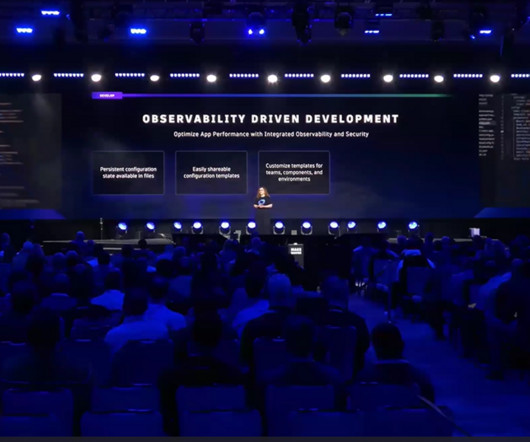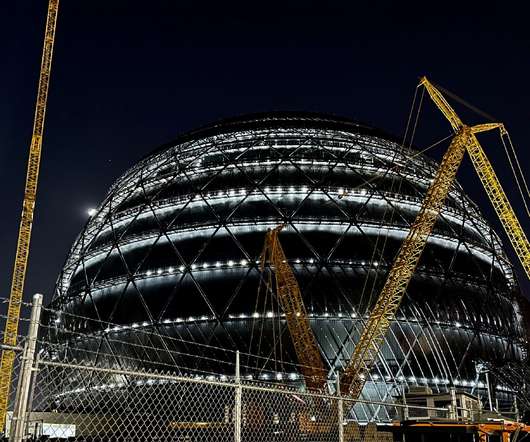Forming an Architecture Modernization Enabling Team (AMET)
Strategic Tech
JANUARY 22, 2024
Architecture modernization initiatives are strategic efforts involving many teams, usually for many months or years. An AMET is an architecture Enabling Team that helps to coordinate and upskill all teams and stakeholders involved in a modernization initiative. The organization needs to innovate faster to become more competitive.























Let's personalize your content